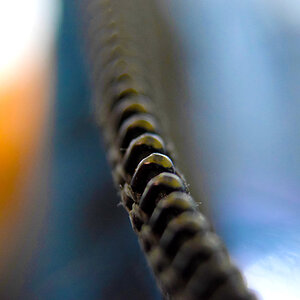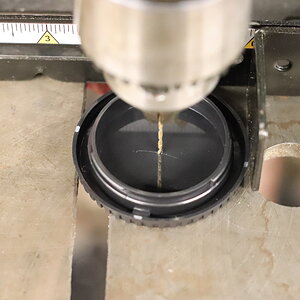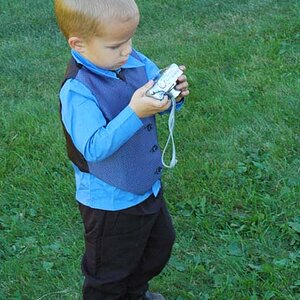vonnagy
have kiwi, will travel...
- Joined
- Sep 8, 2003
- Messages
- 3,759
- Reaction score
- 30
- Location
- -36.855339, 174.762384
- Website
- www.vonnagy.com
- Can others edit my Photos
- Photos NOT OK to edit
This is always a bit o' hot topic - Pedro Meyer is a Mexican photog that samples other peoples work. Here's the link (yeppers it worksafe): http://www.zonezero.com/editorial/june98/isshenow.html
Questions
- Is it wrong to sample other peoples work in your art (this applies to more than just photography but just stick to photography)
- How would you feel if Pedro sampled your work? Flattered, Calling your lawyer, indifferent, lookin' for royalties
- Have you sampled work from other artists before (this could be anything including editing pictures presented in the critique forum) - did the artist you sampled work from see the resample?
- Are you very protective of your work (ie slap big arse sigs on it , use digital watermarks, have Johny Cochran on your speed dial)
, use digital watermarks, have Johny Cochran on your speed dial)
Questions
- Is it wrong to sample other peoples work in your art (this applies to more than just photography but just stick to photography)
- How would you feel if Pedro sampled your work? Flattered, Calling your lawyer, indifferent, lookin' for royalties

- Have you sampled work from other artists before (this could be anything including editing pictures presented in the critique forum) - did the artist you sampled work from see the resample?
- Are you very protective of your work (ie slap big arse sigs on it


![[No title]](/data/xfmg/thumbnail/37/37530-f696180c1fd3444086283e369551ef10.jpg?1619738131)


![[No title]](/data/xfmg/thumbnail/37/37531-a7bacbf9473d77872550297900cf8f89.jpg?1619738131)







